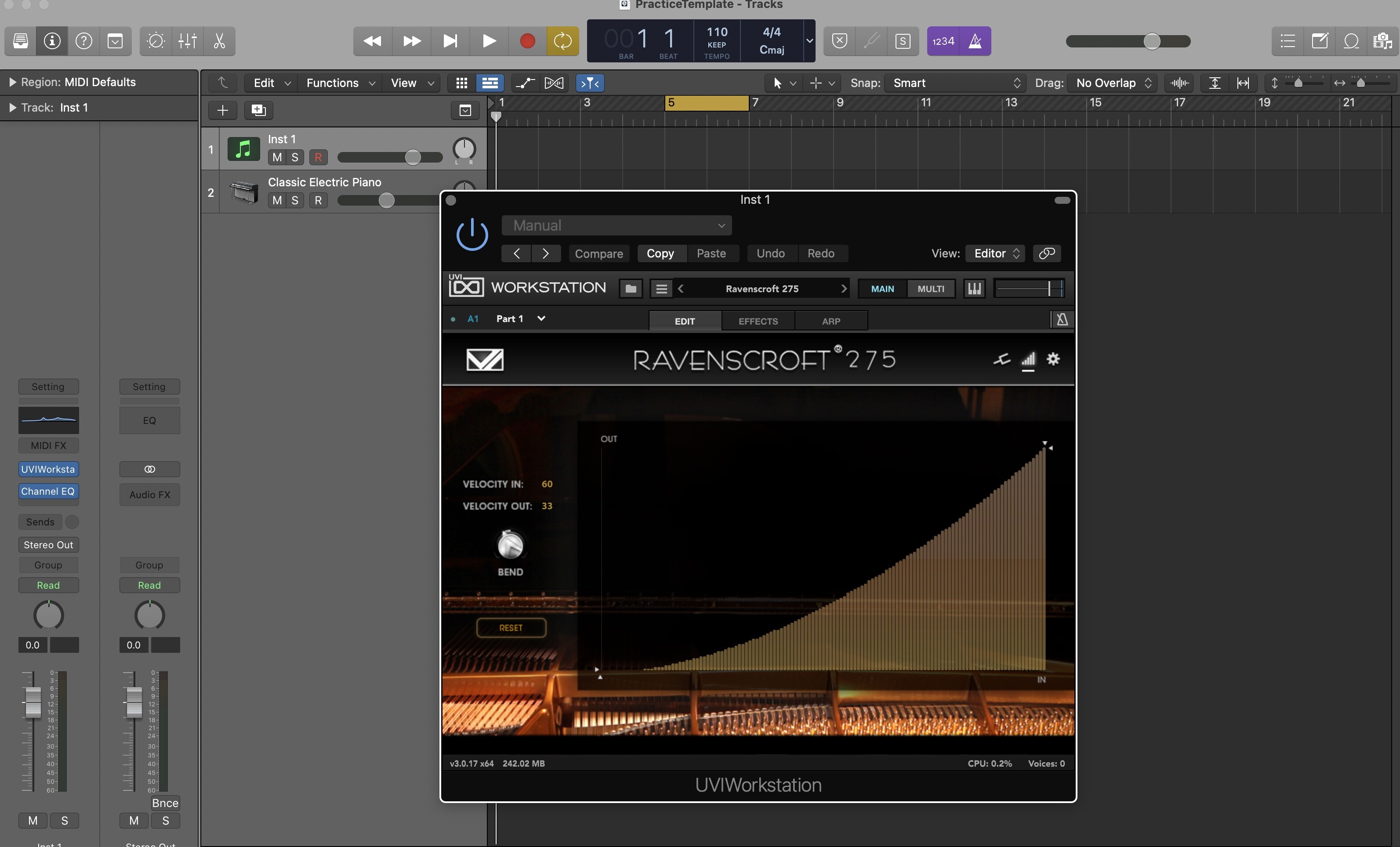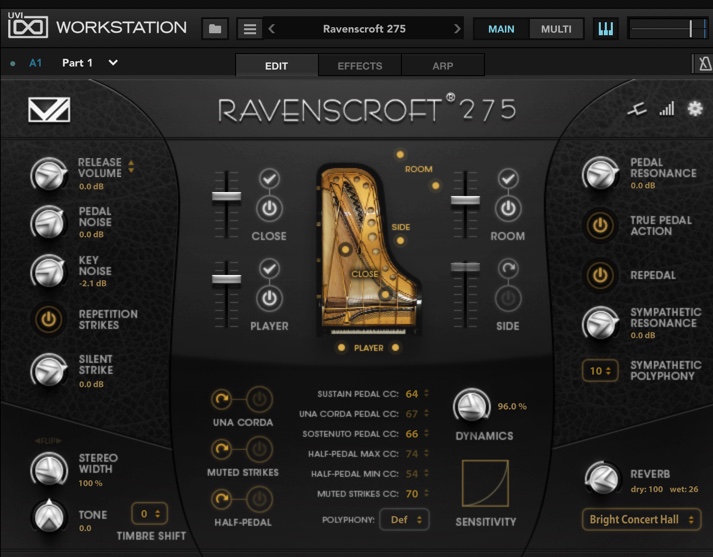I’m breaking this off from another thread for those who like me might be interested in learning Logic Pro (or expanding their skills}. Fellow member, @gregb, noted:
[W]hat I’ve done over the past few weeks (I’ve still got 70 days left on my Logic free trial) is listen several times to the series of YT videos from Joshua Carney (MusicTechHelpGuy on YT). He’s got >100 videos, the ones that I’ve looked at are part of a 12 part series, Logic Pro 101. You can buy the series for $10 from his website or watch them for free (with annoying ads) on YT.
They are, indeed, very good and quite easy to understand. Another way to get them in an organized (ad-free) fashion is via the course “Logic Pro 103” on Ask.Video. It’s $25 for a month of access. That’s enough to get the basics under control and then some from various instructors in other courses.
It’s really quite a good deal–there are 35+ video classes on Logic Pro available from beginning to very advanced. (It’s $12/month if you opt for a year-long membership.) I’m not promoting the site, just suggesting another source of information. It also covers most of the other popular DAWs, as well as other topics.
Greg, I’d say, buy the program. There’s a feature called Smart Tempo that I don’t fully understand but seems worth the price on its own. At any rate, here’s the link if anyone is interested. Enjoy! ![]()



 .
.

